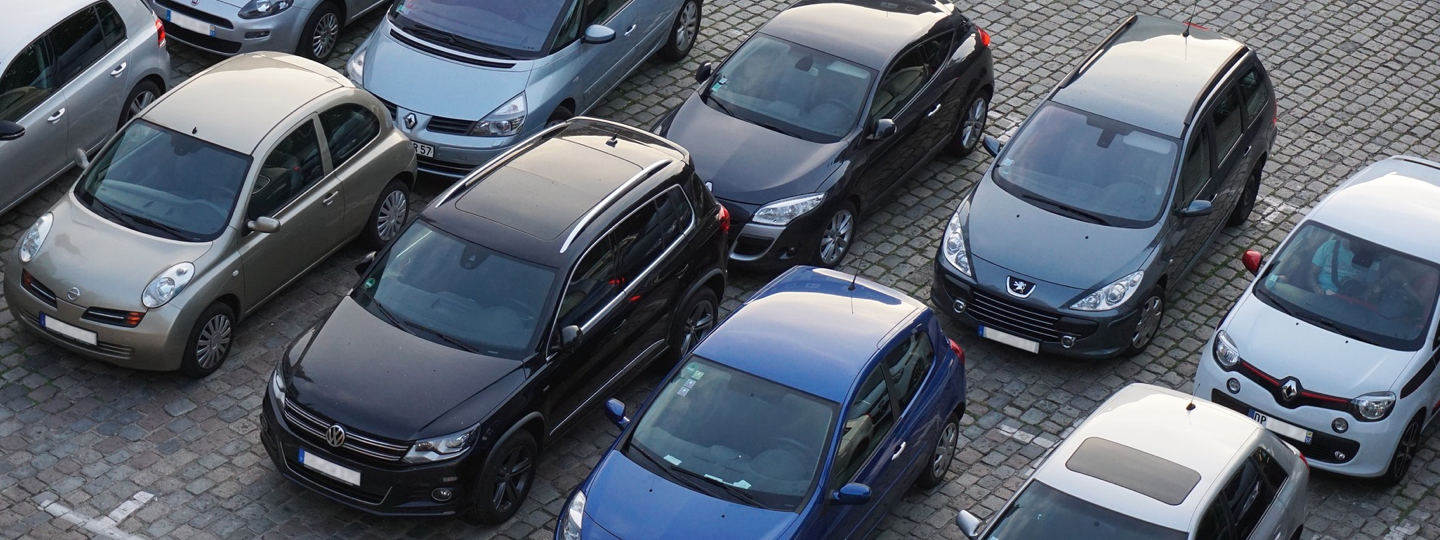Increased Office Density is Causing Real Trouble for Parking Lots
As companies squeeze more employees into less office space – in an effort to increase efficiency and productivity — landlords are facing a dilemma: How can they accommodate increased parking demands? And, what happens if a space becomesunleasable because of inadequate parking?
This quandary is especially true in suburban markets not served well by mass transit where employees are dependent on cars. These buildings’ parking lots are becoming clogged, and landlords are looking for creative solutions.
What’s driving the space reduction?
In addition to cost savings, today’s employee work habits are spurring the downsizing of office space. Collaborative, flexible workspaces are replacing big, private offices and fancy conference rooms.
“It’s been an easy transition because, just as companies are trying to get more efficient and save money, millennials are more open to the idea of less hierarchy in real estate,” Christian Beaudoin, director of corporate research for JLL in Chicago, told VTS in an interview. “So those two trends have combined at the same time — companies trying to save money and millennials entering the workforce, who value compensation and freedom and flexibility more than they do a big office.”
But just how much less office space are we talking? Pre-recession, 250 square feet per employee was the standard in office space. Today, that’s been slashed to around 175 square feet or less, with projections estimating a drop to an average of 151 square feet per employee by 2017.
That’s a significant reduction in space, and Beaudoin said that such density takes a toll on office buildings that were not designed to handle these increased demands. It not only impacts parking, but also building’s elevators, restrooms and utilities.
How many parking spaces are required for an office building?
Before the trend of shrinking office space, a parking ratio of four stalls per 1,000 square feet was sufficient for most tenant parking space requirements. However, buildings today may need six or even seven parking spots per 1,000 square feet to accommodate the more packed offices.
To manage this greater density, landlords are exploring several options including:
Build more spaces
Some building owners are accommodating needs by building parking decks on top of surface parking lots. Of course, that’s not cheap - it could cost around$100 per-square-foot to build that deck.
If building parking decks aren'tfeasible, landlords are also exploring the use of adjacent lots.In one Chicago suburbexample, Principal Real Estate Investors demolished 68,000 square feet of warehouse space of a nearly 200,000-square-foot building to create more parking for tenant CVS Caremark Corp.
Shuttle tenants
“Owners are experimenting with the idea of shuttles,” Beaudoin said. “If there’s an off-site parking lot like at a shopping mall or a nearby stadium, they can shuttle people in with a shuttle bus. Also, owners are looking at encouraging the use of public transportation, at least as close as they can get to the site and then bussing from there to the actual building.”Carpooling and biking are also encouraged, and many office buildings have bike racks and locker rooms/showers if they’re near a trail system.
These ideas may work well for millennials, who drive less and own fewer cars than previous generations. They prefer to bike, car-share, walk and use public transportation. According to the Department of Transportation and American Automobile Association, miles traveled by car for people 34 or younger dropped 23 percent and the percentage of high school seniors with driver’s licenses dropped 73 percent between 1996 and 2010.
Acquire new assets with better parking
As new office development is starting up again in some markets, developers are paying close attention to parking ratios. “Markets like Phoenix are seeing new suburban office development, and they’re building parking spaces of six spots per 1,000 square feet,” Beaudoin said.Landlords may look to acquire these assets to mitigate future challenges.
Looking ahead
Further down the road, the importance of on-site parking might be less significant. Driverless cars could have a huge impact on office parking lots. Although these cars are still being tested, it’s believed that they will be available for average consumers to purchase in the next decade.
With self-driving vehicles, people won’t have to follow current parking routines. For example, rather than park at the office, they could park at a distant, centralized lot and call for the car when they’re ready to leave. This trend could eliminate parking lots as we know them today.





